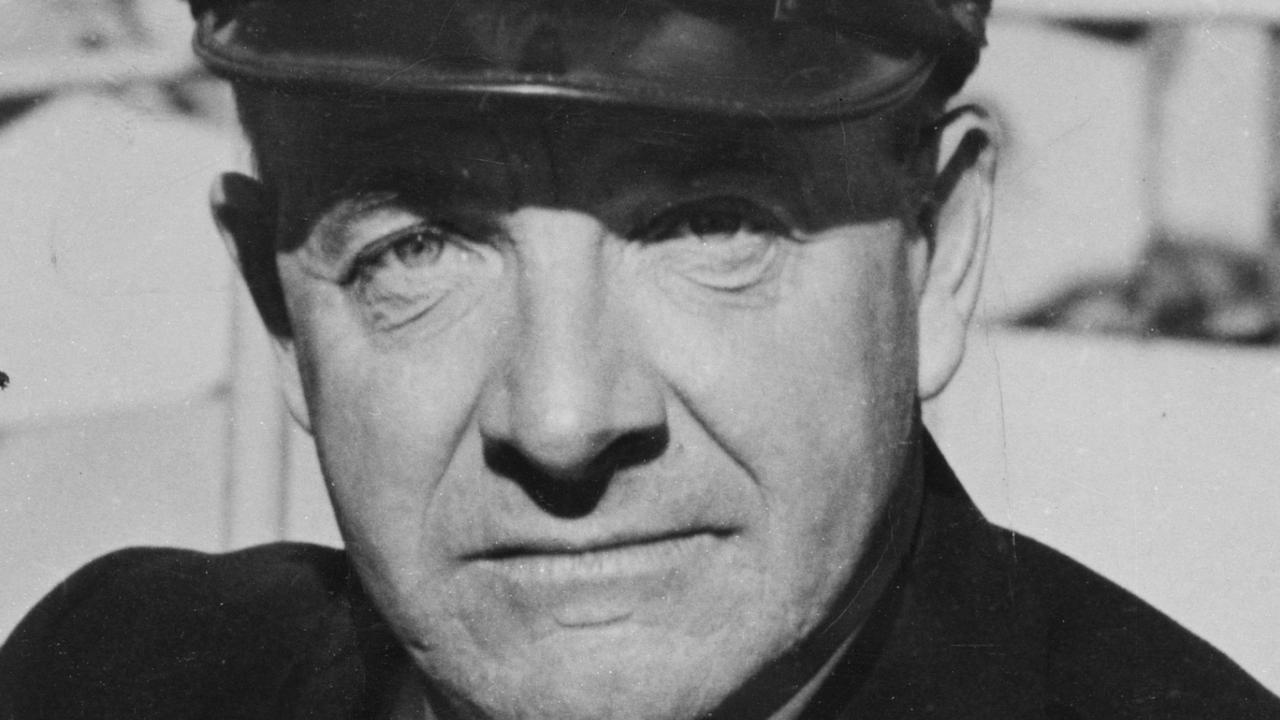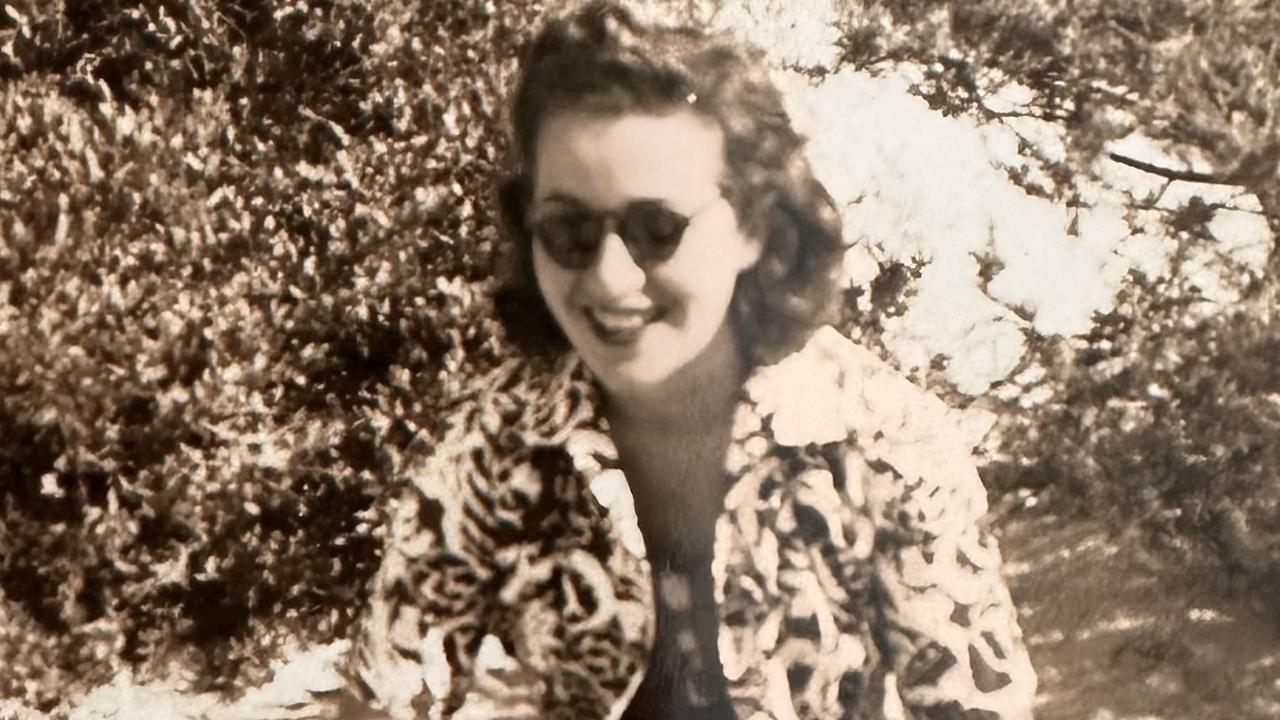Those magnificent humans who were flying machines
HOW a petite teen acrobat Rossa Richter pioneered the human cannonball act, aged 14, at the Royal Aquarium at Westminster in London 140 years ago on April 10, 1877.

Today in History
Don't miss out on the headlines from Today in History. Followed categories will be added to My News.
MARCIA Zacchini and her brother Emanuel were stars at Moore Park 51 years ago, hurtling 53m into the air at 145km/h in their first “human cannonball” display for an Australian audience.
The grandchildren of Ildebrando Zacchini, a gymnast who ran away with a circus and in the early 1900s created Italy’s Circus Olympia, performed every day at the 1966 Royal Easter Show.
Billed as “a breathtaking act”, Marcia, 20, and Emanuel, 22, were shot up from a giant cannon to execute a three-quarter turn before landing in a safety net almost 200m away.
“The two human cannon balls cover themselves head to toe with talcum powder before slithering into 21-inch diameter silver cannons for their act,” reports explained in early April 1966.
Zacchini, who built his first compressed-air device in Malta in 1922, was discovered by John Ringling of Ringling Circus in 1928 in Copenhagen.

The next year, Harry Ackenhausen died after becoming wedged in a cannon as gun powder exploded around him at a fair at Springfield in the US.
Petite teen acrobat Rossa Richter pioneered the human cannonball act, aged 14, at the Royal Aquarium at Westminster in London 140 years ago on April 10, 1877. The act also killed Martin Bardo, who performed as Leinert, in 1933 at a carnival in Manila in the Philippines. Bardo was “projected from the muzzle of his trick cannon, landing on his face. His spine snapped under the impact.”
In Paris Gaston Richard, 53, came out of retirement in June 1934 to perform at a fete to benefit crippled children. “Dressed in naval uniform, he was rammed down the muzzle of a cannon, but the charge was over weak. Richard fell short of the net, breaking his neck,” newspapers reported.
Richter, who performed as “Zazel the beautiful human cannonball”, also survived disaster when she fell from a highwire trapeze in Las Vegas in 1891. Born in London between 1861 and 1863 to a circus agent, she trained in ballet and gymnastics, and at 12 performed as a boy with a travelling Japanese troupe. She then became the protoge of Canadian daredevil William Hunt who in 1871, as Guillermo Antonio Farini, was issued a US patent for a “new and useful Apparatus for Projecting Persons ... into or through the Air”. Farini’s device used rubber springs under a platform, which propelled a person up.

Young Samuel Wasgatt, who performed as “Lulu” and was possibly Farini’s lover, was likely the first to try Farini’s invention in the “Lulu Leap”, which propelled him 12m
into the air.
America’s Yankee Robinson Circus had apparently enclosed a device by 1875, when George Loyal, who visited Australia in the early 1870s, performed a “bewildering Howitzer Feat, shooting a live man out of a cannon”. He was caught by Australian-born acrobat Ella Zuilda, hanging upside down from a trapeze, at their show in Wisconsin.
After her 1877 cannon ball premiere, which police tried to stop as a safety risk, Richter increased her flight length to 32m. Critics wrote, “Zazel crawls into the huge mortar, a most realistic looking weapon. We listen to the loud report ... and lo! Our vision is startled by the living Miss — we mean missile — flying through space, and alighting in the huge net spread to receive her.”
Zazel and Farini toured Europe before she joined Phineas Barnum’s circus in 1880, after pleading with Barnum to take her because while she was the star who took physical risks, most of the money went to Farini. Barnum said he paid Zazel $250 a day.

Zazel married Barnum publicist George Starr, who created Starr Opera Co in 1886. She had various roles before joining Adam Forepaugh’s Circus, only to fall 12m when unfastened poles collapsed in Las Vegas.
“She shot to the ground with a velocity more terrible than had ever borne her from the mouth of a cannon,” a spectator wrote. “She struck the ground on her hands and knees, and one of the huge poles crashed down on her back and crushed her.” Zazel was picked up, still bent almost double.
“One of the men took her shoulders, while the other grabbed her legs until they pulled her into almost normal condition. When they attempted to pick her up to carry her to the dressing room, she shrieked in agony and begged us to get a stretcher.” Zazel spent two years in a shoulder to knee cast and returned briefly to performing. In 1900 she went to London with Starr, and died in 1937.
Spaniard Louis Ralui, 41, had flown from a cannon in England five nights a week for 10 years when he quit in November 1954, saying his wife was “not aiming so good these days, and I have not been sleeping so good. I have nightmares. I see myself flying straight to the cemetery. I am a religious man, but what is the use of praying inside a cannon?” Ralui and his wife retired to Barcelona to “drink a million litres of wine”.
Originally published as Those magnificent humans who were flying machines


